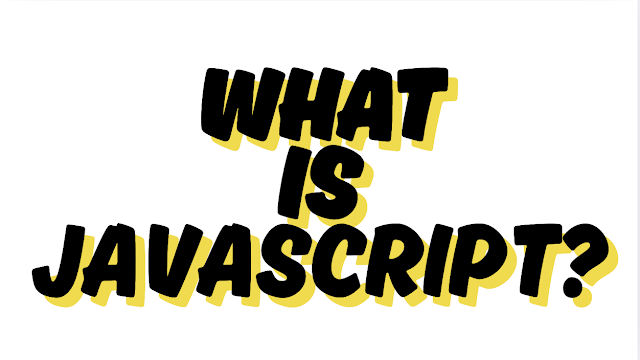This programming language is awesome to learn because it lets you create interactive and dynamic features on websites. You can have pop-up messages, clicks, update content, and so much more. JavaScript helps to bring the HTML and CSS markup language come alive through different types of action.
It's easier to think of JavaScript like this:
If HTML is like a noun and CSS is like an adjective that is describing the noun (like having the font be blue and the background page be yellow), then JavaScript is the verb that makes your webpage have some sort of action.
So next time you forget what JavaScript is all about, just think of what kind of word verbs are. They are action words and JavaScript helps you to take that action.
Stay tuned as I continue to learn all about this programming language.








Comments
Post a Comment